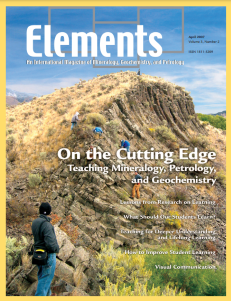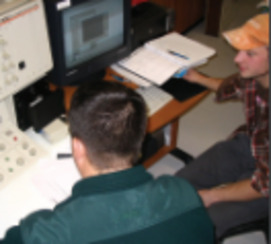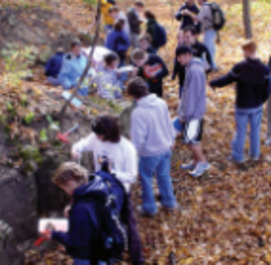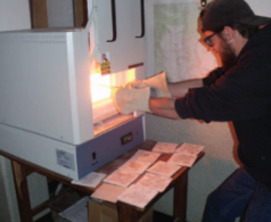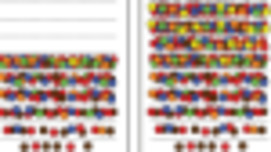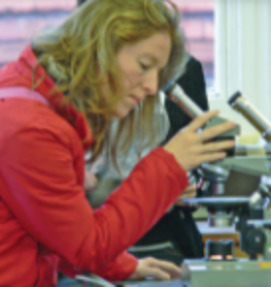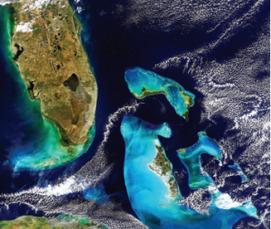
On the Cutting Edge: Teaching Mineralogy, Petrology, and Geochemistry
David W. Mogk – Guest Editors
Table of Contents
New advances in research on learning have important implications for teaching mineralogy, petrology, and geochemistry. Effective instruc- tional practices are increasingly student centered, address diverse stu- dent learning styles, and employ a variety of active-learning strategies. Teaching practices should be redirected from learning about science to learning to be scientists, emphasizing inquiry, discovery, critical thinking, problem solving, and the skills required to observe, analyze, and inter- pret the world around us. This issue of Elements describes some of these findings and provides examples of how they can be applied to teaching mineralogy, petrology, and geochemistry.
New Directions at the Intersection of Research about Earth and Research on Learning
Improving Instruction in Mineralogy, Petrology, and Geochemistry— Lessons from Research on Learning
What Should Our Students Learn?
Teaching for Deeper Understanding and Lifelong Learning
Using Alignment and Reflection to Improve Student Learning
Visual Communication: Do You See What I See?
Cambridge University Press
College of Microscopy
CrystalMaker Software
Excalibur Mineral Corporation
Hudson Institute of Mineralogy
Institut national de la recherche scientifique
International Kimberlite Conference
Materials Data (MDI)
Meiji Techno America
PANalytical
Photo-Atlas of Minerals
Rigaku
RockWare
Springer
Thermo Fisher Scientific
Wiley and Sons
v3n3 Energy: A Geoscience Perspective
Guest editor: Allison M. Macfarlane
The issue of energy resources in the future will be one of the most impor- tant in the 21st century. Future cli- mate change and the ways to abate it while still supplying needed energy will impact future political relations, world economics, human health, and the environment. Earth scien- tists have much to add to the debate, but are often not heard. This issue will provide a geologic perspective on some of the issues and offer some potential solutions to the problems. Detailed discussions include issues of climate change, geologic seques- tration of carbon dioxide from fossil fuel plants, natural gas resource expansion via methane hydrates, and the potential uranium resource for nuclear energy.
Energy: The Issue of the 21st Century Allison M. Macfarlane (George Mason University)
Confronting the Climate–Energy Challenge Daniel P. Schrag (Harvard University)
Geological Carbon Dioxide Sequestration S. Julio Friedmann (Lawrence Livermore National Laboratory)
Nuclear Energy and Uranium Resources Allison M. Macfarlane (George Mason University) and Marvin Miller (Massachusetts Institute of Technology)
Tapping Methane Hydrates for Unconventional Natural Gas Carolyn Ruppel (Georgia Institute of Technology)
- Zircon – Tiny but Timely (February 2007)
- On the Cutting Edge: Teaching Mineralogy, Petrology, and Geochemistry (April 2007)
- Energy: A Geoscience Perspective (June 2007)
- Frontiers in Textural and Microgeochemical Analysis (August 2007)
- Critical Zone: Where Rock Meet Life (October 2007)
- Medical Mineralogy and Geochemistry (December 2007)
Download 2007 Thematic Preview


